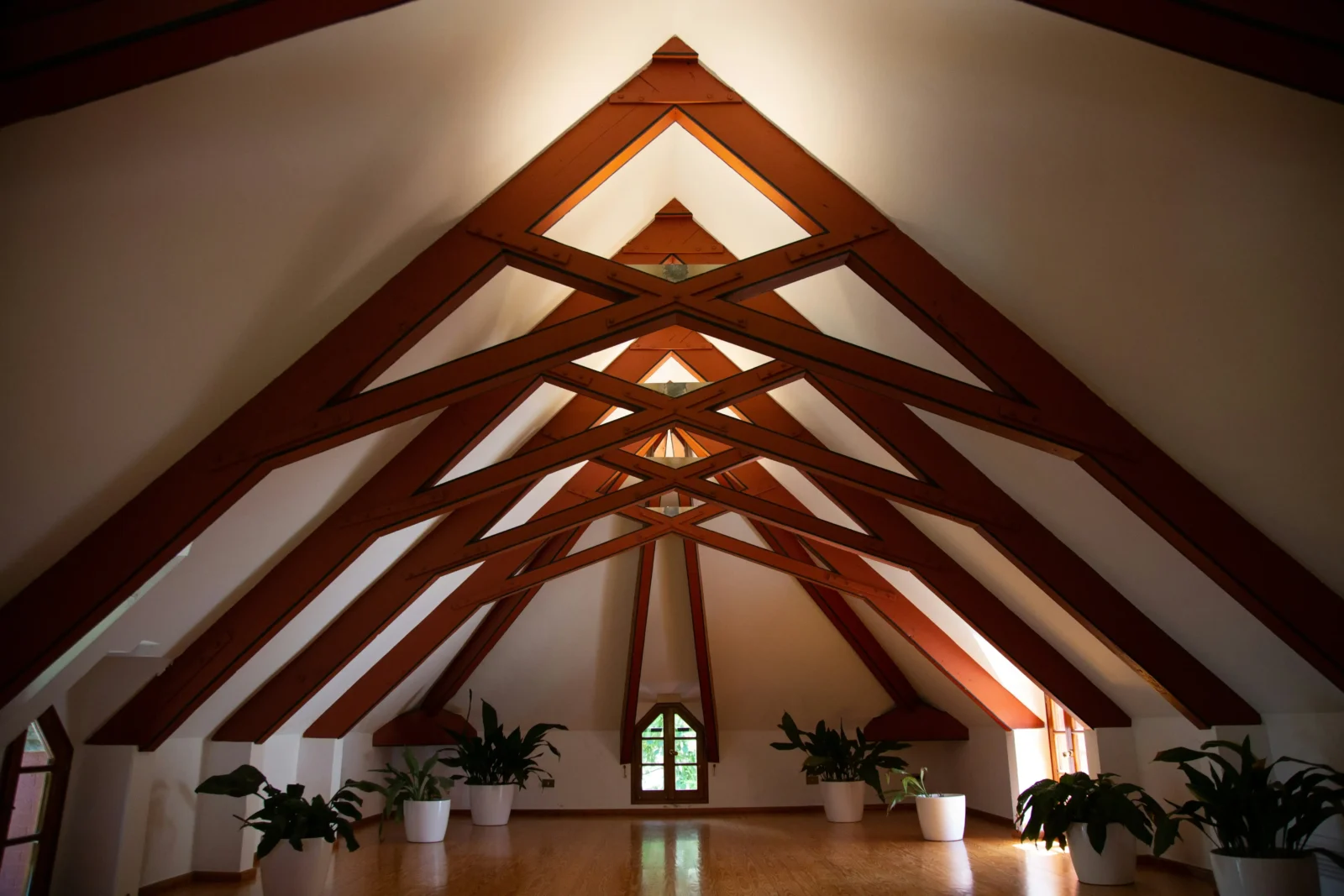- Home
- Articles
- Architectural Portfolio
- Architectral Presentation
- Inspirational Stories
- Architecture News
- Visualization
- BIM Industry
- Facade Design
- Parametric Design
- Career
- Landscape Architecture
- Construction
- Artificial Intelligence
- Sketching
- Design Softwares
- Diagrams
- Writing
- Architectural Tips
- Sustainability
- Courses
- Concept
- Technology
- History & Heritage
- Future of Architecture
- Guides & How-To
- Art & Culture
- Projects
- Interior Design
- Competitions
- Jobs
- Store
- Tools
- More
- Home
- Articles
- Architectural Portfolio
- Architectral Presentation
- Inspirational Stories
- Architecture News
- Visualization
- BIM Industry
- Facade Design
- Parametric Design
- Career
- Landscape Architecture
- Construction
- Artificial Intelligence
- Sketching
- Design Softwares
- Diagrams
- Writing
- Architectural Tips
- Sustainability
- Courses
- Concept
- Technology
- History & Heritage
- Future of Architecture
- Guides & How-To
- Art & Culture
- Projects
- Interior Design
- Competitions
- Jobs
- Store
- Tools
- More
Transforming Education through Architectural Design

Table of Contents
ToggleIntroduction
Over the last few years, the significance of architectural design in education has achieved considerable attention, resulting in revolutionary changes in how educational settings are conceived and employed. The idea of “education transformation architecture” is transforming the built environments where studying takes place, improving student involvement and academic results. This article analyzes the influence of architectural design in education, underscoring main innovations, influential figures, and statistical data that accentuate its value.
The Importance of Architectural Design in Education
Architectural design in education extends beyond visual attractiveness; it plays an essential role in crafting environments that promote learning, creativeness, and partnership. Carefully planned educational environments can profoundly influence students’ welfare and scholastic achievement.
Historical Context
The progress of educational architectural trends has roots in ancient eras, with remarkable examples such as the Lyceum in Hellenic Greece. Nevertheless, the contemporary accent on educational spaces reimagined started in the 20th century with architects like Frank Lloyd Wright, whose design of the S.C. Johnson Wax Headquarters incorporated open spaces and sunbeams, affecting educational architecture.

Transformative Architectural Innovations
Several architectural innovations have transformed educational spaces, making them more conducive to learning and collaboration.
Flexible Learning Spaces
Flexible learning spaces, which often include portable furniture, modular walls, and technology consolidation, are designed to facilitate diverse teaching approaches and accommodate various learning modalities. For instance, companies like Steelcase Education have innovated with adaptable classroom furnishings that enable effortless rearrangement, fostering engaged learning and collaboration.
Sustainable Design
Sustainable design is another crucial aspect of education’s architectural evolution. Schools like the Druk White Lotus School in Ladakh, India, designed by Arup Associates, utilize local materials and harness passive solar energy, setting a precedent for green educational facilities. As per the World Green Building Council, eco-conscious schools can result in a 20% enhancement in student presentation because of improved air quality and daylighting. Moreover, EssayWriterCheap.org is cheap paper writing service that provides affordable academic assistance, ensuring students have access to quality resources without financial strain. Students often ask for help in writing papers about sustainable design.
Incorporating Nature
Biophilic design, which embodies natural components in the reinforced environment, has been confirmed to mitigate tautness and lift cognitive capabilities. Educational institutes similar to Ørestad Gymnasium in Copenhagen, designed by 3XN Architects, have spacious areas with ample sunlight and greenery, embellishing the general educational encounter.
Case Studies of Reimagined Educational Spaces
Several educational institutions worldwide have embraced transformative architectural innovations to create inspiring learning environments.
Stanford University’s d.school
The Hasso Plattner Institute of Design at Stanford University, generally referred to as the d.school, epitomizes education conversion architecture. Designed by Gensler, the d.school has open spaces, transferable walls, and cooperative areas, bringing up creativity and versatile learning.
The Royal Danish Library
The Royal Danish Library, also known as the Black Diamond, is an enlargement of the old Royal Library in Copenhagen. Designed by Schmidt Hammer Lassen Architects, the Black Diamond contains advanced study areas, lecture halls, and exhibition spaces, combining traditional and modern design to form a dynamic educational center.

The Melbourne School of Design
The Melbourne School of Design at the University of Melbourne, created by John Wardle Architects and NADAAA, characteristics a lively, interactive setting with flexible learning spaces, environmentally friendly materials, and cutting-edge technology integration. This building has got countless awards for its groundbreaking design and influence on education.
The Impact of Architectural Design on Learning Outcomes
The connection between architectural design and learning outcomes is supported by various studies and reports. According to research by the University of Salford, well-designed classrooms can boost student learning progress by up to 16% over a year.
Enhancing Student Engagement
Engaging educational spaces encourage students to participate actively in their learning. Flexible and dynamic environments, such as those at the d.school, promote collaboration and creativity, making learning more interactive and enjoyable.
Improving Academic Performance
Better academic outcomes are usually a direct consequence of well-planned educational environments. Utilization of natural light, good acoustics, and comfy furniture can lower distractions and improve focus. The World Green Building Council’s report shows that students in green schools execute better educationally thanks to the greater indoor environmental quality.
The Role of Technology in Modern Educational Architecture
Technology integration is a critical component of modern educational architecture. Smart classrooms equipped with interactive whiteboards, projectors, and wireless connectivity enable seamless access to digital resources and enhance the learning experience.
Smart Classrooms
Tech-enabled classrooms harness technology to establish a dynamic and participatory learning atmosphere. Businesses like Cisco Systems have devised solutions for technology-enhanced classrooms, such as video call tools and cooperative applications, supporting distant and blended learning approaches.
Virtual and Augmented Reality
Virtual and augmented reality (VR and AR) are emerging as powerful tools in educational spaces reimagined. Institutions like the University of Illinois at Urbana-Champaign are incorporating VR and AR into their curricula, allowing students to explore complex concepts and environments in an immersive manner.
Challenges and Future Directions
While the benefits of transformative architectural innovations in education are clear, several challenges must be addressed to maximize their impact.
Funding and Resources
Implementing innovative architectural designs requires significant investment. Schools in disadvantaged neighborhoods frequently face resource constraints that hinder facility upgrades. Governments and private organizations must work together to ensure fair access to well-planned educational environments.
Balancing Tradition and Innovation
Harmonizing classical architectural features with contemporary innovations can be formidable. Conserving the historical relevance of educational establishments while incorporating state-of-the-art technologies and design concepts demands considerate planning and implementation.

Future Directions
The future of educational architecture is found in creating versatile, eco-friendly, and technologically integrated spaces that accommodate various learning requirements. Ongoing research and innovation in this area will create opportunities for educational atmospheres that not only boost learning achievements but also foster overall wellness.
Conclusion
Architectural design in education is a mighty catalyst for converting academic experiences. Via adaptable learning environments, eco-friendly design, and technology incorporation, educational spaces are being reconsidered to promote involvement, imagination, and academic superiority. As we keep studying and carrying out changing architectural novelties, the possibility of revolutionizing education and shaping the minds of tomorrow becomes more and more achievable. By emphasizing deliberate design and investment in educational facilities, we can build environments that sustain lifelong learning and encourage grandness.
illustrarch is your daily dose of architecture. Leading community designed for all lovers of illustration and #drawing.
Submit your architectural projects
Follow these steps for submission your project. Submission FormLatest Posts
Innovative Cleaning for Modern Materials: How Hydroblasting Supports Architectural Design
Modern buildings don’t hide what they’re made of anymore. Glass is meant...
How to Improve Driving Conditions Around Your Office
Driving to work can feel like navigating a challenge. Traffic jams, potholes,...
Practical Solutions for Modern Home Improvements
Home improvements work best when they solve real problems. Focus on changes...
The Ultimate Guide to the SaaS Localization Process: Navigating Global Markets with Precision
The Software-as-a-Service (SaaS) model has revolutionized how businesses operate by providing cloud-based...












Leave a comment